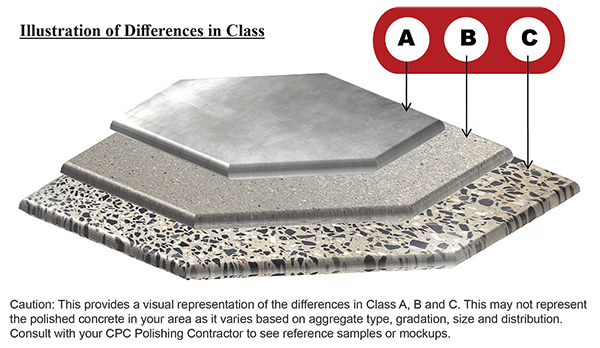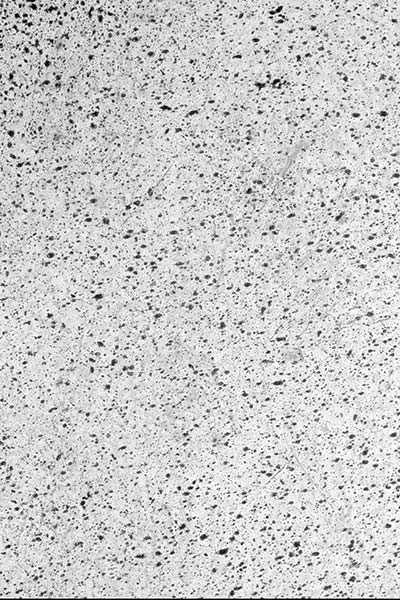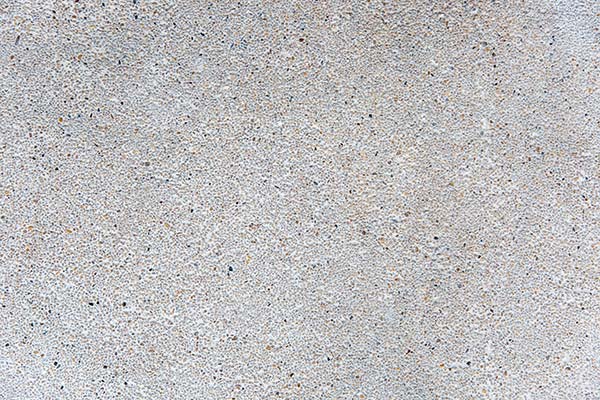Would you like cream or salt & pepper with your polished concrete?
Polished floors are popular because they are durable and beautiful. You see them in restaurants, retail stores, offices, government buildings, public spaces, and even modern homes.
If you are interested in polished concrete for your next project, it’s helpful to understand the potential results, based on new or existing concrete in your space. Join the many happy customers who trust DMA Floors to achieve the best outcome.
What is aggregate concrete?
In general, concrete is made up of sand and different kinds of stone, also called aggregate. It’s layered, with the finest grains at the top level. The size of rocks and variety of materials increase as you move toward the bottom.
So, the level of aggregate determines the overall look of your floor. The more we grind, the more aggregate is exposed.
In the process we go from cream -- to salt & pepper -- to full aggregate exposure.
The Concrete Polishing Council defines the terms as follows:
Class A - cream aggregate exposure - minimal exposure of aggregates
Class B - salt & pepper aggregate exposure - exposure of fine aggregates
Class C - full aggregate exposure - exposure of course aggregates
The chart below shows the percentage of surface exposure.


A fourth class of aggregate exposure, random aggregate exposure, is a mix of the 3 exposure classifications named above. It occurs on floors that are not flat enough for the level of aggregate exposure specified for the polished concrete finish. It happens most often on older floors, but also on newly poured concrete floors that are not flat. This is because the grinder doesn’t hit the entire floor with the same point load as it bridges low spots.
What if your concrete floor is not flat?
The key to uniform aggregate exposure of any class is floor flatness, and it changes based upon the specified level of aggregate exposure. They are listed below in descending order, because floor flatness is more critical for cream, than it is for full aggregate exposure. The reason is that we remove more from the top of the concrete as we expose more aggregate.
Here are the required floor flatness (FF) numbers to meet each spec:
Class A - cream FF 50 overall, FF 35 local
Class B - salt & pepper FF 45 overall, FF 30 local
Class C - full aggregate exposure FF 35 overall, FF 25 local.
DMA Floors would welcome the opportunity to provide this information to you during the design phase of your projects, and to discuss it with your concrete subcontractors during pre-pour meetings when your projects are underway.
Please give us a call at (804) 266-2464.
Aggregate Close Up



By accepting you will be accessing a service provided by a third-party external to https://www.dmafloors.com/
